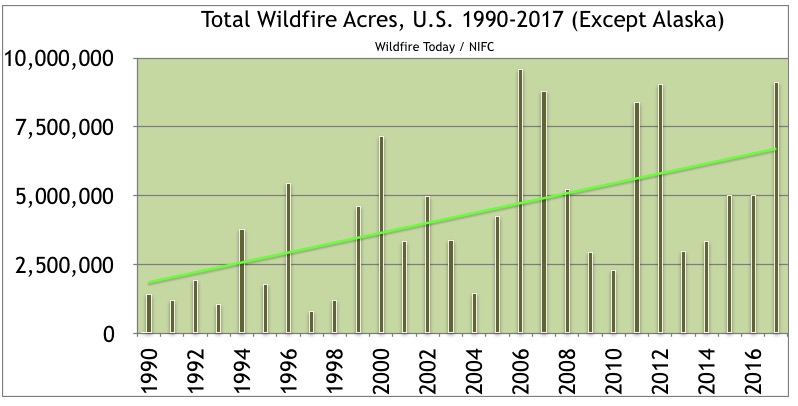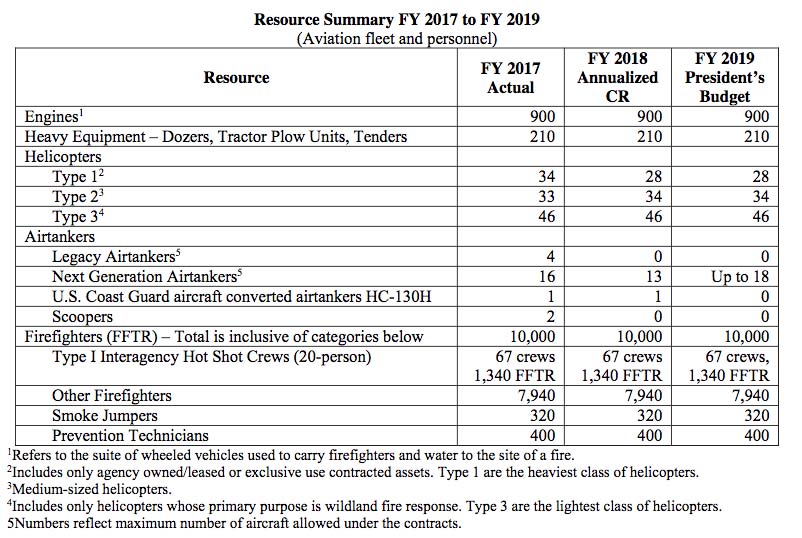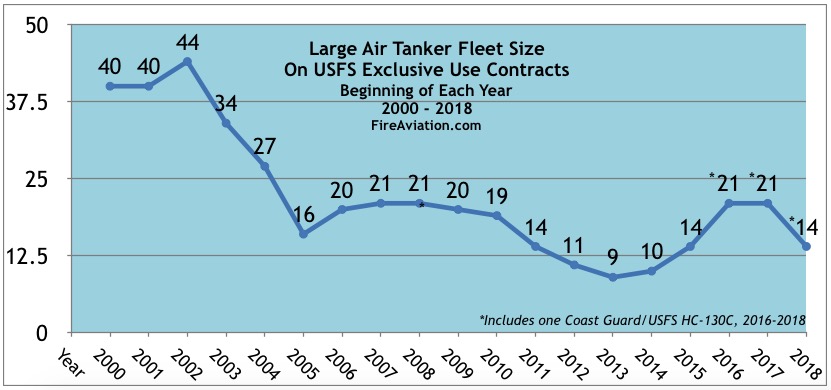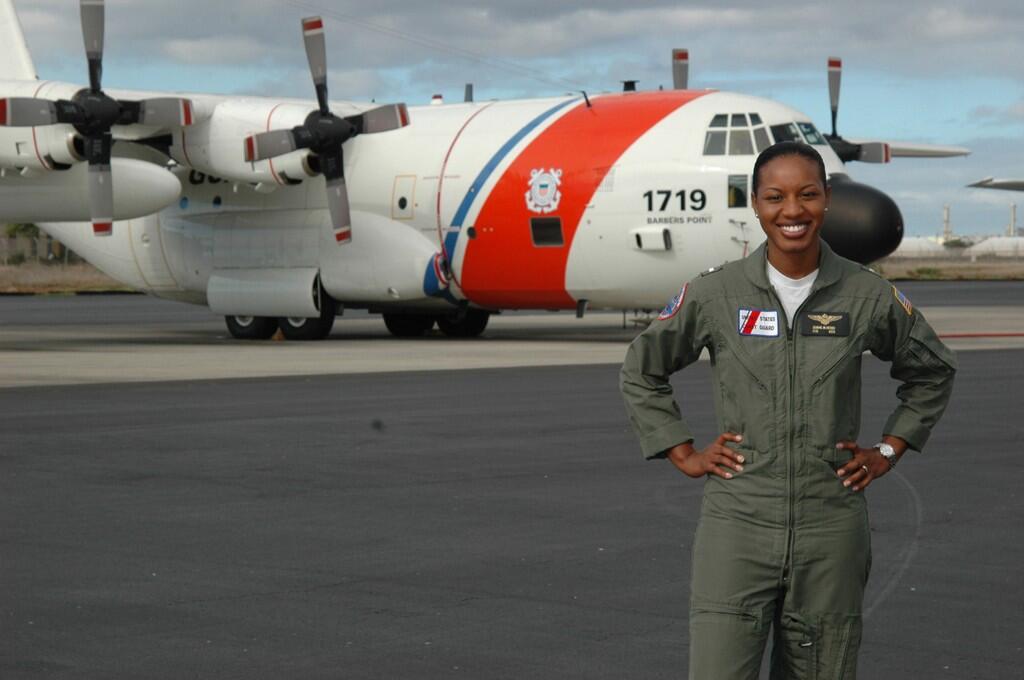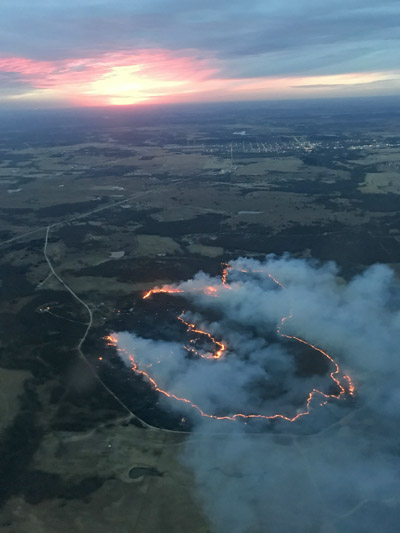Above: Tanker 101, an MD87, at Rapid City December 12, 2017. Photo by Bill Gabbert.
(Originally published at FireAviation.com at 3:05 p.m. MT February 21, 2018)
With the federal government’s drastic cut in the number of large air tankers on Exclusive Use (EU) contracts this year we did some calculations to look at the increased cost of this strategy. If the Forest Service desires more than the 13 that are on EU contracts, down from 20 in 2017, they can activate those on Call When Needed (CWN) contracts — that is, IF they are available. But this comes at a much higher price tag.
There are two costs for air tankers — daily plus hourly. If the aircraft just sits at an air tanker base available with a flight crew it only earns the daily availability rate. When it flies, an hourly rate is added. Both of these rates are higher for most air tankers.
We averaged the daily and hourly EU and CWN rates for three models of air tankers provided by three different companies, BAe-146 by Neptune, RJ85 by Aero Flite, and C-130 (382G) by Coulson. The numbers below are the combined averages of the three aircraft:
EU Daily: $30,150
EU Hourly: $7,601
CWN Daily: $46,341 (+54%)
CWN Hourly: $8,970 (+18%)
These costs only account for the additional costs of contracting for the air tankers, and do not include any increased costs of new, small wildfires escaping initial attack due to a lack of available air tankers or Type 1 helicopters. It also does not include property damage or, heaven forbid, lives lost. In 2017 the Type 1 helicopters on EU contracts were cut from 34 to 28, and that continues in 2018.
State and local wildfire organizations that in the past have counted on the federal government’s air tankers to assist them when they desperately need air support, had better look for alternatives. However, this slow motion atrophy of the air tanker fleet has been going on for the last 15 years.


You may want to express your opinion to your Senators or Representatives.



